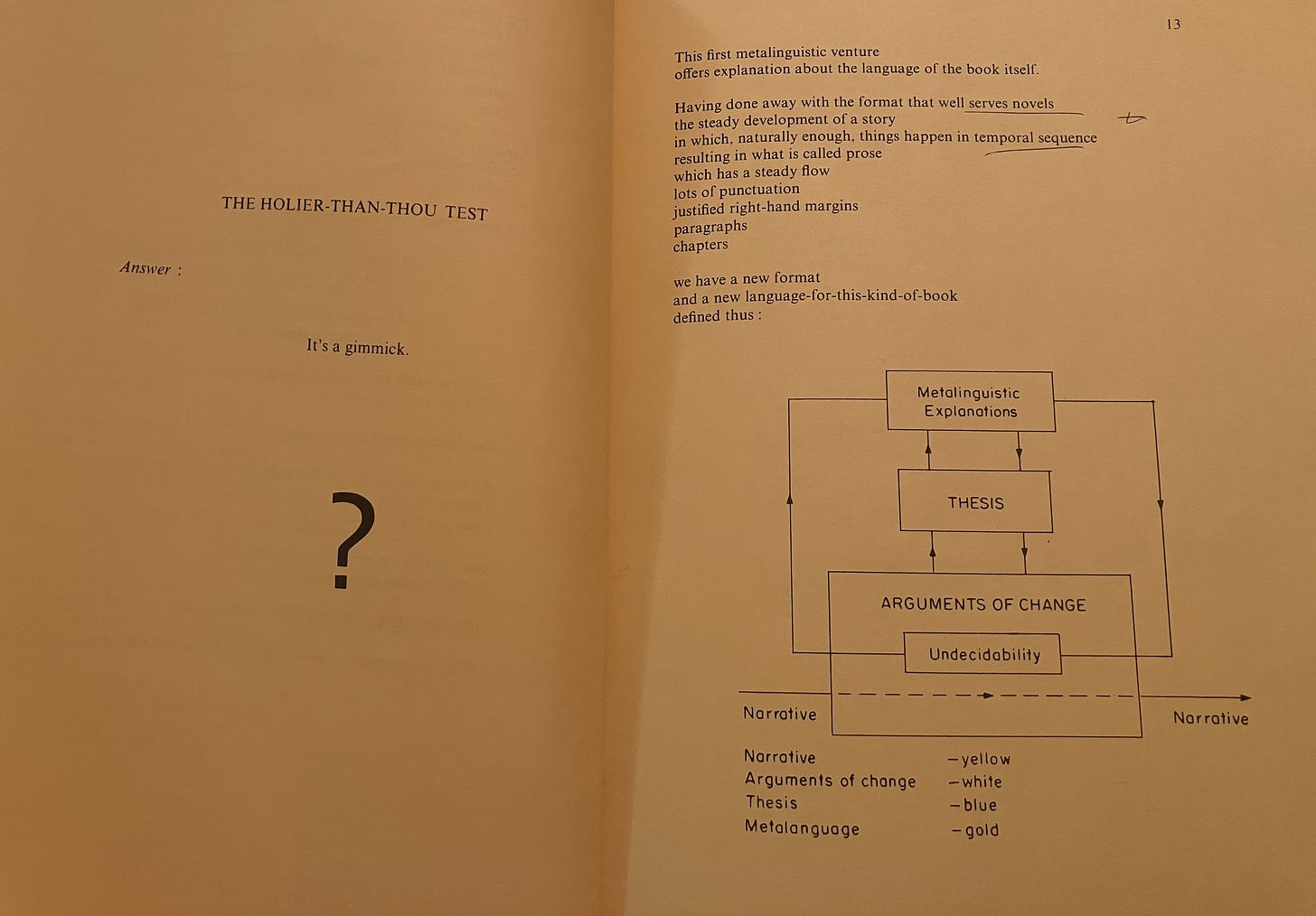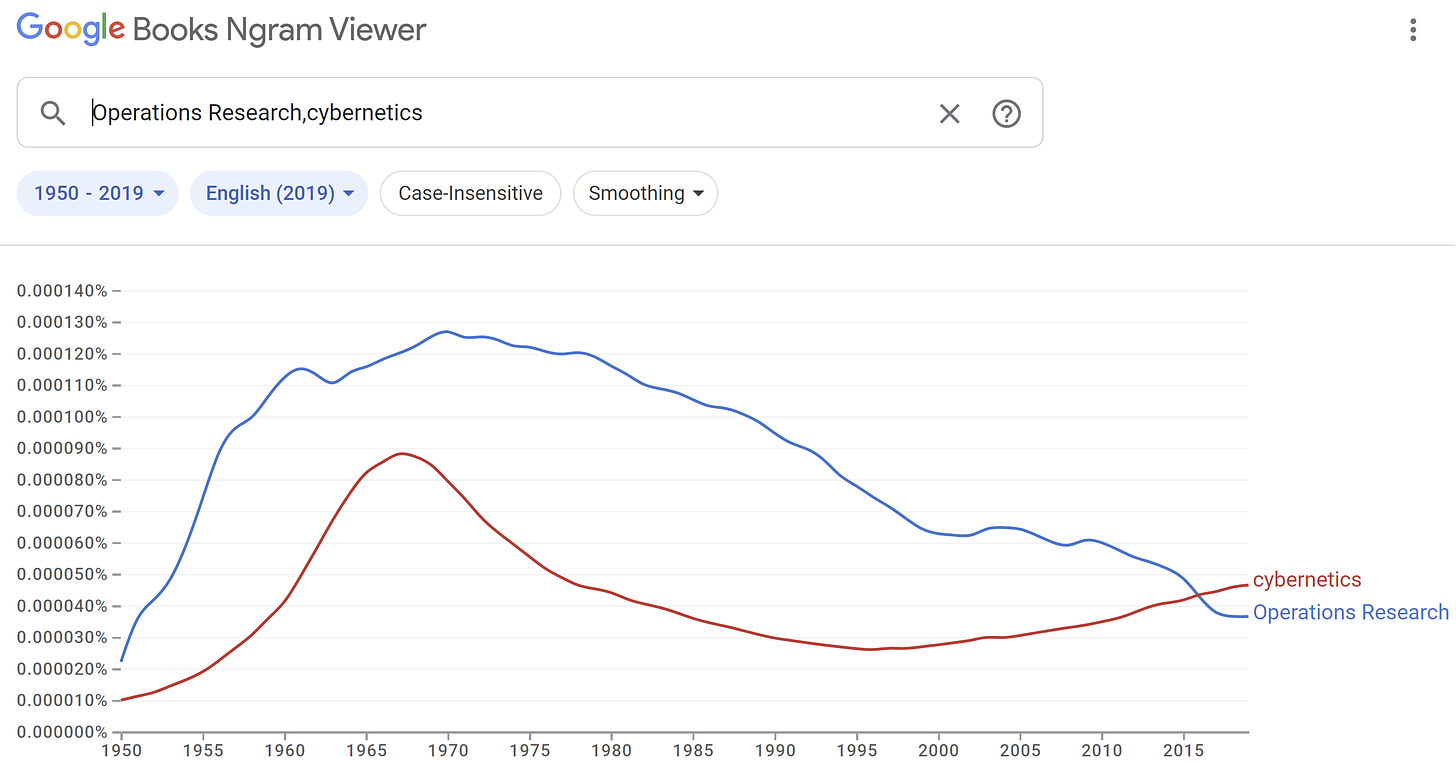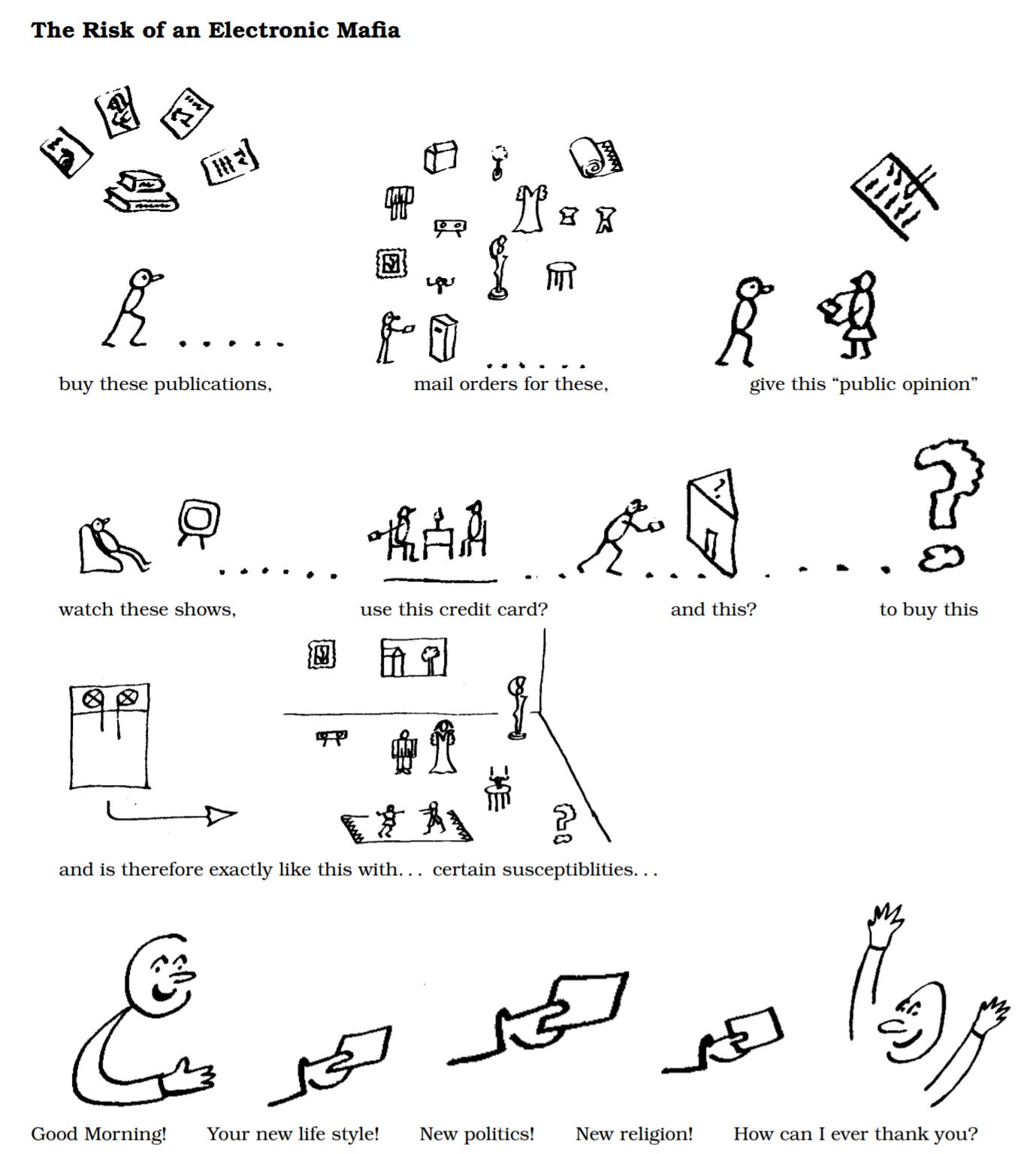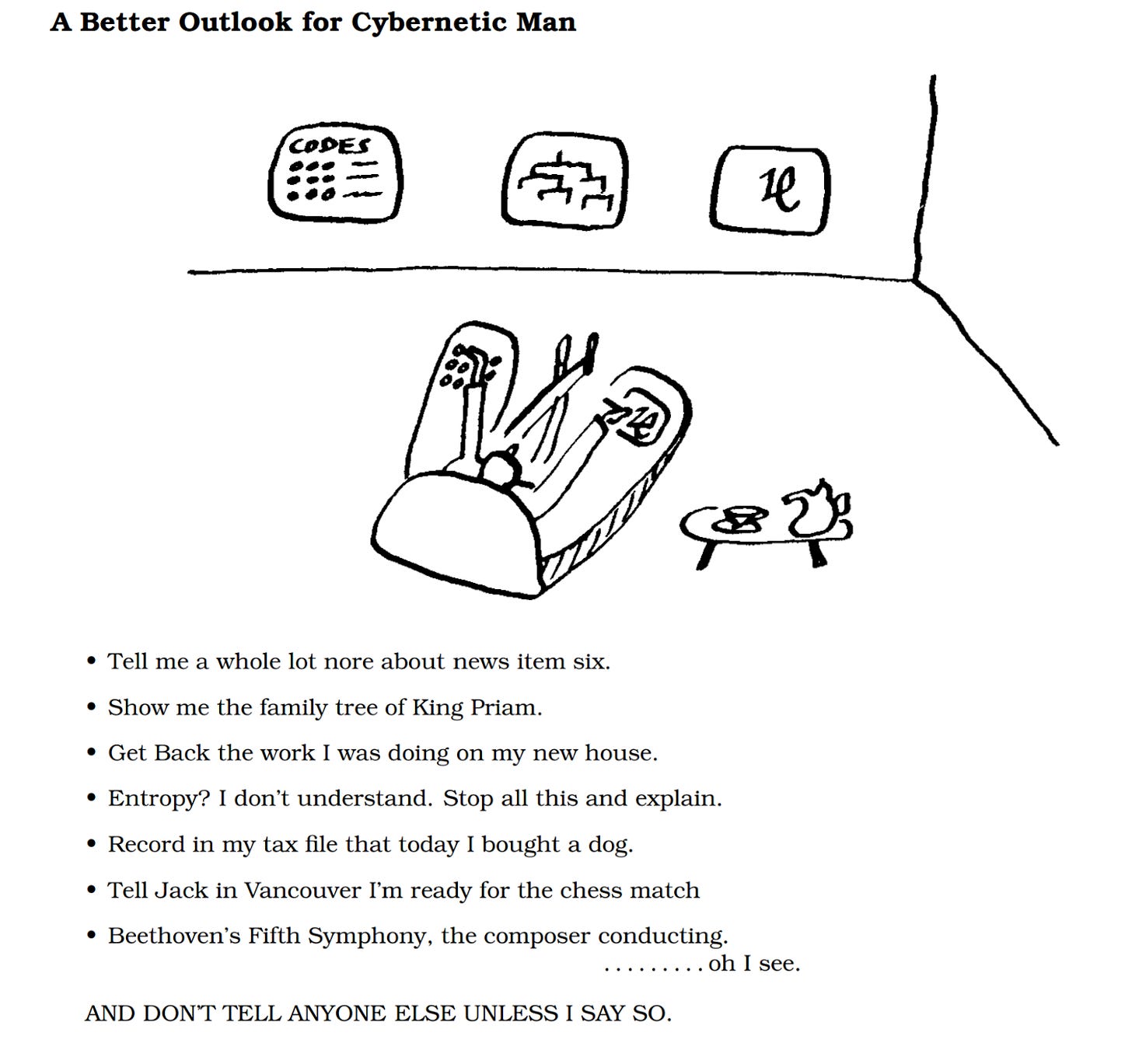If a disease can teach wisdom beyond our understanding of how precarious and precious life is, the coronavirus has offered two lessons.
The first is that in a globalised world our lives are so intertwined that the idea of viewing ourselves as islands – whether as individuals, communities, nations, or a uniquely privileged species – should be understood as evidence of false consciousness. In truth, we were always bound together, part of a miraculous web of life on our planet and, beyond it, stardust in an unfathomably large and complex universe.
It is only an arrogance cultivated in us by those narcissists who have risen to power through their own destructive egotism that blinded us to the necessary mix of humility and awe we ought to feel as we watch a drop of rain on a leaf, or a baby struggle to crawl, or the night sky revealed in all its myriad glories away from city lights.
And now, as we start to enter periods of quarantine and self-isolation – as nations, communities and individuals – all that should be so much clearer. It has taken a virus to show us that only together are we at our strongest, most alive and most human.
In being stripped of what we need most by the threat of contagion, we are reminded of how much we have taken community for granted, abused it, hollowed it out. We are afraid because the services we need in times of collective difficulty and trauma have been turned into commodities that require payment, or treated as privileges to which access is now means-tested, rationed or is simply gone. That insecurity is at the root of the current urge to hoard.
When death stalks us it is not bankers we turn to, or corporate executives, or hedge fund managers. Nonetheless, those are the people our societies have best rewarded. They are the people who, if salaries are a measure of value, are the most prized.
But they are not the people we need, as individuals, as societies, as nations. Rather, it will be doctors, nurses, public health workers, care-givers and social workers who will be battling to save lives by risking their own.
During this health crisis we may indeed notice who and what is most important. But will we remember the sacrifice, their value after the virus is no longer headline news? Or will we go back to business as usual – until the next crisis – rewarding the arms manufacturers, the billionaire owners of the media, the fossil fuel company bosses, and the financial-services parasites feeding off other people’s money?
‘Take it on the chin’
The second lesson follows from the first. Despite everything we have been told for four decades or more, western capitalist societies are far from the most efficient ways of organising ourselves. That will be laid bare as the coronavirus crisis deepens.
We are still very much immersed in the ideological universe of Thatcherism and Reaganism, when we were told quite literally: “There is no such thing as society.” How will that political mantra stand the test of the coming weeks and months? How much can we survive as individuals, even in quarantine, rather than as part of communities that care for all of us?
Western leaders who champion neoliberalism, as they are required to do nowadays, have two choices to cope with coronavirus – and both will require a great deal of misdirection if we are not to see through their hypocrisy and deceptions.
Our leaders can let us “take it on the chin”, as the British prime minister Boris Johnson has phrased it. In practice, that will mean allowing what is effectively a cull of many of the poor and elderly – one that will relieve governments of the financial burden of underfunded pension schemes and welfare payments.
Such leaders will claim they are powerless to intervene or to ameliorate the crisis. Confronted with the contradictions inherent in their worldview, they will suddenly become fatalists, abandoning their belief in the efficacy and righteousness of the free market. They will say the virus was too contagious to contain, too robust for health services to cope, too lethal to save lives. They will evade all blame for the decades of health cuts and privatisations that made those services inefficient, inadequate, cumbersome and inflexible.
Or, by contrast, politicians will use their spin doctors and allies in the corporate media to obscure the fact that they are quietly and temporarily becoming socialists to deal with the emergency. They will change the welfare rules so that all those in the gig economy they created – employed on zero-hours contracts – do not spread the virus because they cannot afford to self-quarantine or take days’ off sick.
Or most likely our leaders will pursue both options.
Permanent crisis
If acknowledged at all, the conclusion to be draw from the crisis – that we all matter equally, that we need to look after one another, that we sink or swim together – will be treated as no more than an isolated, fleeting lesson specific to this crisis. Our leaders will refuse to draw more general lessons – ones that might highlight their own culpability – about how sane, humane societies should function all the time.
In fact, there is nothing unique about the coronavirus crisis. It is simply a heightened version of the less visible crisis we are now permanently mired in. As Britain sinks under floods each winter, as Australia burns each summer, as the southern states of the US are wrecked by hurricanes and its great plains become dustbowls, as the climate emergency becomes ever more tangible, we will learn this truth slowly and painfully.
Those deeply invested in the current system – and those so brainwashed they cannot see its flaws – will defend it to the bitter end. They will learn nothing from the virus. They will point to authoritarian states and warn that things could be far worse.
They will point a finger at Iran’s high death toll as confirmation that our profit-driven societies are better, while ignoring the terrible damage we have inflicted on Iran’s health services after years of sabotaging its economy through ferocious sanctions. We left Iran all the more vulnerable to coronavirus because we wanted to engineer “regime change” – to interfere under the pretence of “humanitarian” concern – as we have sought to do in other countries whose resources we wished to control, from Iraq to Syria and Libya.
Iran will be held responsible for a crisis we willed, that our politicians intended (even if the speed and means came as a surprise), to overthrow its leaders. Iran’s failures will be cited as proof of our superior way of life, as we wail self-righteously about the outrage of a “Russian interference” whose contours we can barely articulate.
Valuing the common good
Those who defend our system, even as its internal logic collapses in the face of coronavirus and a climate emergency, will tell us how lucky we are to live in free societies where some – Amazon executives, home delivery services, pharmacies, toilet-paper manufacturers – can still make a quick buck from our panic and fear. As long as someone is exploiting us, as long as someone is growing fat and rich, we will be told the system works – and works better than anything else imaginable.
But in fact, late-stage capitalist societies like the US and the UK will struggle to claim even the limited successes against coronavirus of authoritarian governments. Is Trump in the US or Johnson in the UK – exemplars of “the market knows best” capitalism – likely to do better than China at containing and dealing with the virus?
This lesson is not about authoritarian versus “free” societies. This is about societies that treasure the common wealth, that value the common good, above private greed and profit, above protecting the privileges of a wealth-elite.
In 2008, after decades of giving the banks what they wanted – free rein to make money by trading in hot air – the western economies all but imploded as an inflated bubble of empty liquidity burst. The banks and financial services were saved only by public bail-outs – tax payers’ money. We were given no choice: the banks, we were told, were “too big to fail”.
We bought the banks with our common wealth. But because private wealth is our era’s guiding star, the public were not allowed to own the banks they bought. And once the banks had been bailed out by us – a perverse socialism for the rich – the banks went right back to making private money, enriching a tiny elite until the next crash.
Nowhere to fly to
The naive may think this was a one-off. But the failings of capitalism are inherent and structural, as the virus is already demonstrating and the climate emergency will drive home with alarming ferocity in the coming years.
The shut-down of borders means the airlines are quickly going bust. They didn’t put money away for a rainy day, of course. They didn’t save, they weren’t prudent. They are in a cut-throat world where they need to compete with rivals, to drive them out of business and make as much money as they can for shareholders.
Now there is nowhere for the airlines to fly to – and they will have no visible means to make money for months on end. Like the banks, they are too big to fail – and like the banks they are demanding public money be spent to tide them over until they can once again rapaciously make profits for their shareholders. There will be many other corporations queuing up behind the airlines.
Sooner or later the public will be strong-armed once again to bail out these profit-driven corporations whose only efficiency is the central part they play in fuelling global warming and eradicating life on the planet. The airlines will be resuscitated until the inevitable next crisis arrives – one in which they are key players.
A boot stamping on a face
Capitalism is an efficient system for a tiny elite to make money at a terrible cost, and an increasingly untenable one, to wider society – and only until that system shows itself to be no longer efficient. Then wider society has to pick up the tab, and assist the wealth-elite so the cycle can be begun all over again. Like a boot stamping on a human face – forever, as George Orwell warned long ago.
But it is not just that capitalism is economically self-destructive; it is morally vacant too. Again, we should study the exemplars of neoliberal orthodoxy: the UK and the US.
In Britain, the National Health Service – once the envy of the world – is in terminal decline after decades of privatising and outsourcing its services. Now the same Conservative party that began the cannibalising of the NHS is pleading with businesses such as car makers to address a severe shortage of ventilators, which will soon be needed to assist coronavirus patients.
Once, in an emergency, western governments would have been able to direct resources, both public and private, to save lives. Factories could have been repurposed for the common good. Today, the government behaves as if all it can do is incentivise business, pinning hopes on the profit motive and selfishness driving these firms to enter the ventilator market, or to provide beds, in ways beneficial to public health.
The flaws in this approach should be glaring if we examine how a car manufacturer might respond to the request to adapt its factories to make ventilators.
If it is not persuaded that it can make easy money or if it thinks there are quicker or bigger profits to be made by continuing to make cars at a time when the public is frightened to use public transport, patients will die. If it holds back, waiting to see if there will be enough demand for ventilators to justify adapting its factories, patients will die. If it delays in the hope that ventilator shortages will drive up subsidies from a government fearful of the public backlash, patients will die. And if it makes ventilators on the cheap, to boost profits, without ensuring medical personnel oversee quality control, patients will die.
Survival rates will depend not on the common good, on our rallying to help those in need, on planning for the best outcome, but on the vagaries of the market. And not only on the market, but on faulty, human perceptions of what constitute market forces.
Survival of the fittest
If this were not bad enough, Trump – in all his inflated vanity – is showing how that profit-motive can be extended from the business world he knows so intimately to the cynical political one he has been gradually mastering. According to reports, behind the scenes he has been chasing after a silver bullet. He is speaking to international pharmaceutical companies to find one close to developing a vaccine so the United States can buy exclusive rights to it.
Reports suggest that he wants to offer the vaccine exclusively to the US public, in what would amount to the ultimate vote-winner in a re-election year. This would be the nadir of the dog-eat-dog philosophy – the survival of the fittest, the market decides worldview – we have been encouraged to worship over the past four decades. It is how people behave when they are denied a wider society to which they are responsible and which is responsible for them.
But even should Trump eventually deign to let other countries enjoy the benefits of his privatised vaccine, this will not be about helping mankind, about the greater good. It will be about Trump the businessman-president turning a tidy profit for the US on the back of other’s desperation and suffering, as well as marketing himself a political hero on the global stage.
Or, more likely, it will be yet another chance for the US to demonstrate its “humanitarian” credentials, rewarding “good” countries by giving them access to the vaccine, while denying “bad” countries like Russia the right to protect their citizens.
Obscenely stunted worldview
It will be a perfect illustration on the global stage – and in bold technicolour – of how the American way of marketing health works. This is what happens when health is treated not as a public good but as a commodity to be bought, as a privilege to incentivise the workforce, as a measure of who is successful and who is unsuccessful.
The US, by far the richest country on the planet, has a dysfunctional health care system not because it cannot afford a good one, but because its political worldview is so obscenely stunted by the worship of wealth that it refuses to acknowledge the communal good, to respect the common wealth of a healthy society.
The US health system is by far the most expensive in the world, but also the most inefficient. The vast bulk of “health spending” does not contribute to healing the sick but enriches a health industry of pharmaceutical corporations and health insurance companies.
Analysts describe a third of all US health spending – $765 billion a year – as “wasted”. But “waste” is a euphemism. In fact, it is money stuffed into the pockets of corporations calling themselves the health industry as they defraud the common wealth of US citizens. And the fraudulence is all the greater because despite this enormous expenditure more than one in 10 US citizens has no meaningful health cover.
As never before, coronavirus will bring into focus the depraved inefficiency of this system – the model of profit-driven health care, of market forces that look out for the short-term interests of business, not the long-term interests of us all.
There are alternatives. Right now, Americans are being offered a choice between a democratic socialist, Bernie Sanders, who champions health care as a right because it is a common good, and a Democratic party boss, Joe Biden, who champions the business lobbies he depends on for funding and his political success. One is being marginalised and vilified as a threat to the American way of life by a handful of corporations that own the US media, while the other is being propelled towards the Democratic nomination by those same corporations.
Coronavirus has an important, urgent lesson to teach us. The question is: are we ready yet to listen?











